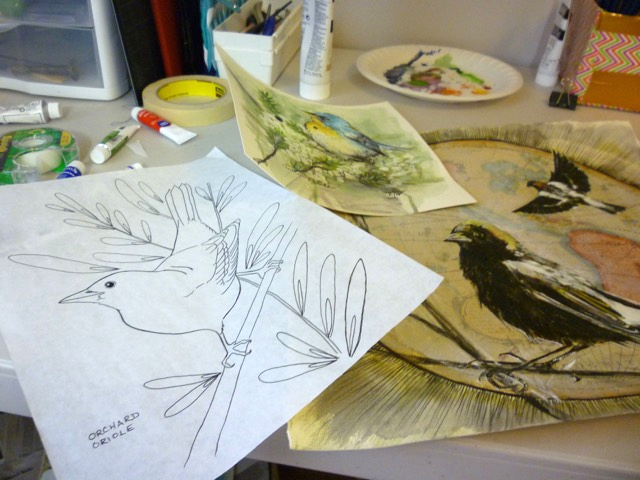Endangered Strangers: Lord Howe Island Stick Insect
Check me out...

You say, snap into Slim Jim! I say, NO, WAITS!
Me no extra beefy twig sausage --- no snap into me!
Me de LORD HOWE ISLAND STICK INSECT!
You used to tinks we be all deads, now you know mes alives, an me live on one crazee rock in ocean. Is true! You read what science lady sez below!
Me no extra beefy twig sausage --- no snap into me!
Me de LORD HOWE ISLAND STICK INSECT!
You used to tinks we be all deads, now you know mes alives, an me live on one crazee rock in ocean. Is true! You read what science lady sez below!
Lord Howe Island stick insects (Dryococelus australis) were thought to be completely extinct as of 1930, until they were rediscovered on one tiny, and amazing looking island (below), aptly entitled Ball's Pyramid. The Lord Howe Island stick insect is often known as the rarest insect in the world, though they are still a mystery to many.
FYI, when an endangered species is rediscovered, that phenomenon has it's own cool designation. It's known as the Lazarus Effect --- making the Lord Howe Island stick insect a 'Lazarus taxon'...even cooler name, right? (Oh, and another FYI, a 'taxon' is another way of referring to a species --- relating to taxonomy, the study of classification of organisms.)

Lord Howe Island stick insect have some very interesting traits. First off, they can be over 15cm in length, and secondly, they have a highly unusual pair bonding structure, where the males follow and emulate the behavior of their female mates.
Sticks insects were once extremely common on Lord Howe Island, where they were often used as fishing bait. But in 1918 when a ship ran aground, bringing Black rats to the island, their population began to dwindle rapidly. Apparently rats like Slim Jims, and by the 20-30's they were considered to be extinct.
From the 60's onwards, every once in a while, people would find dead Lord Howe Island stick insects on Ball's Pyramid, (which at 562 meters above the sea is the world's tallest sea stack), however no live insects were ever found. In 2001, a group of conservationists and entomologists traveled to Ball's Pyramid to charts it's plants and animals. To their great surprise (and one might imagine, delight) they discovered 20-30 Lord Howe Island stick insects, all living beneath a single shrub.
In 2003, researchers from New South Wales National Parks and Wildlife Service came to Ball's Pyramid to collect two breeding pairs. Though it took time, they were eventually encouraged to breed, and as of 2008, there were about 450 Lord Howe Island stick insects, 20 of which were reintroduced to Ball's Pyramid.
The eventual goal is to reintroduce the population to Lord Howe Island, providing that a program to eradicate the invasive rats is successful. If all goes well, this will be one incredible sucess story for the survival of one incredible Lazarus taxon!



Comments
Post a Comment